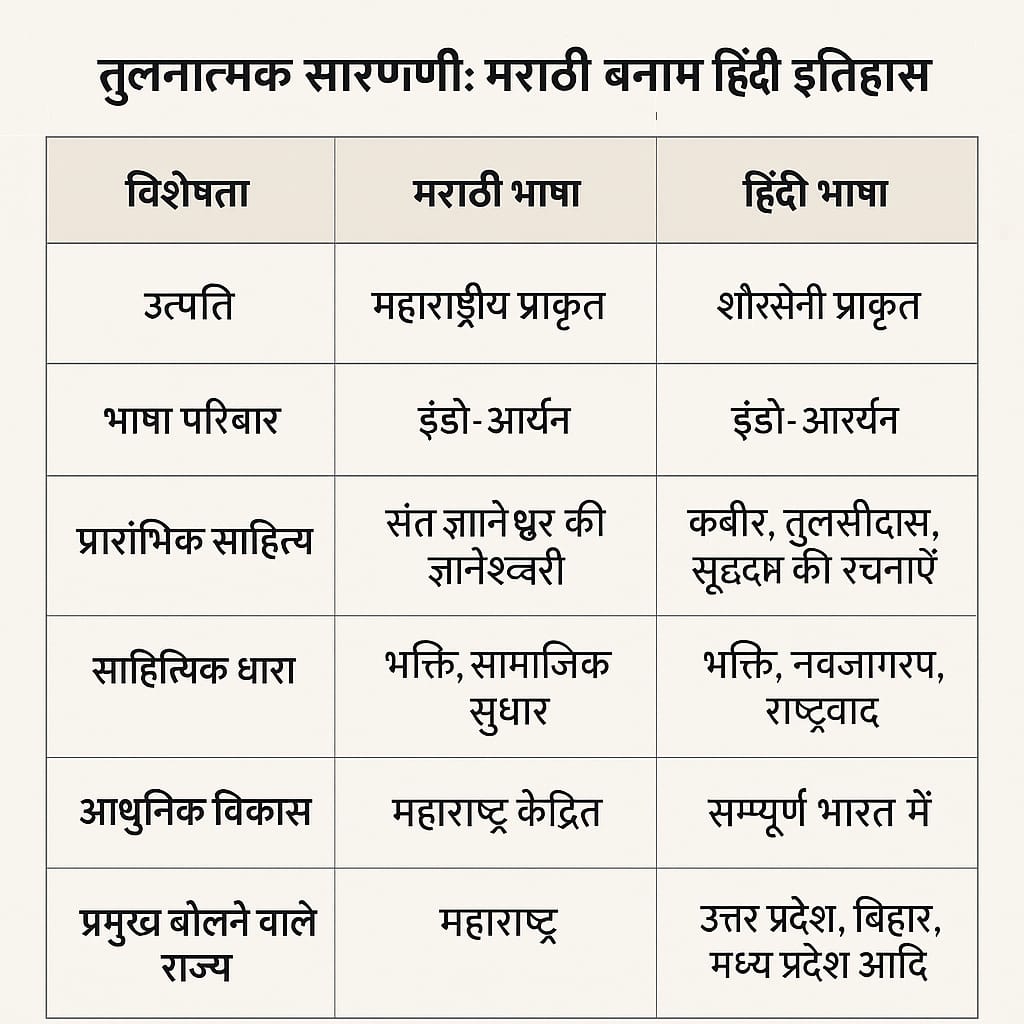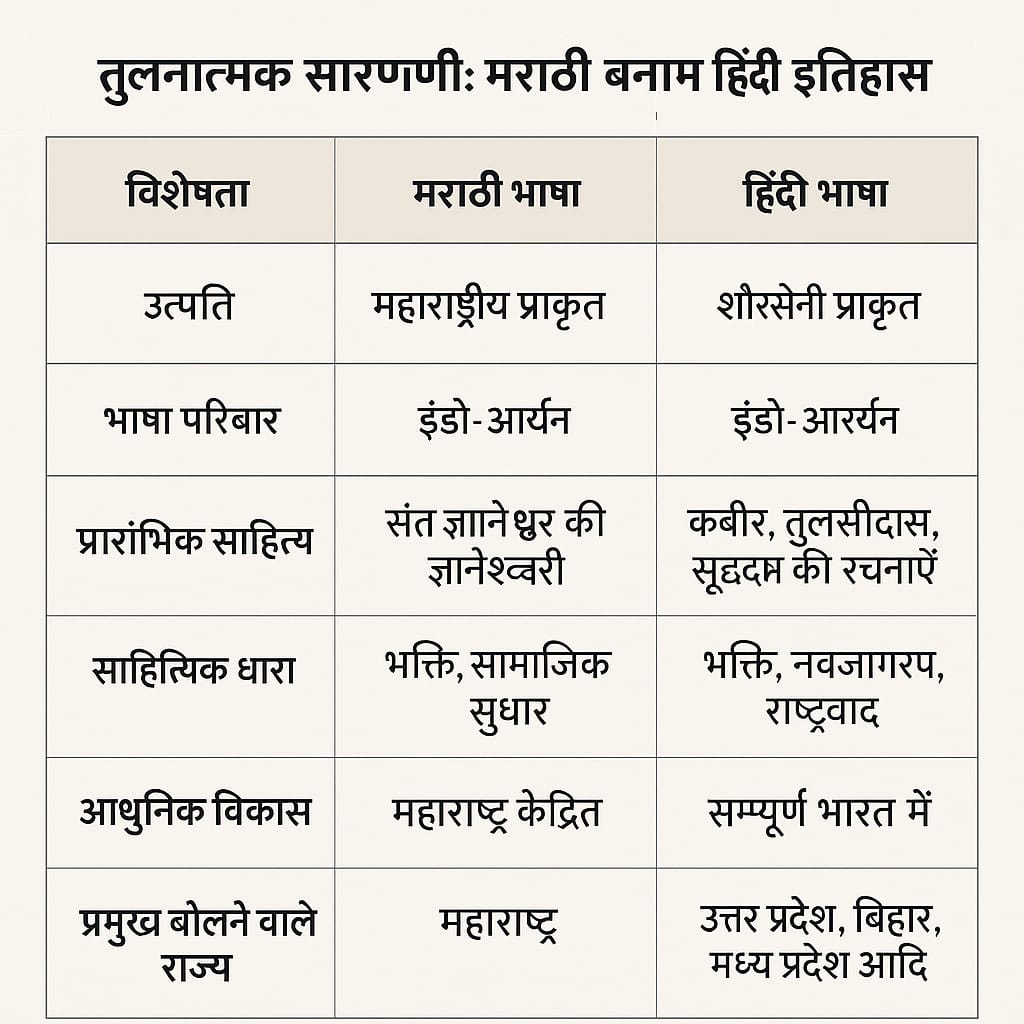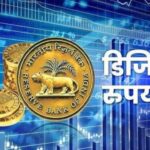Linguistic Dispute: Marathi vs Hindi – Conflict of Languages or Test of Our Unity?
Keywords: Marathi Hindi Dispute, Linguistic Conflict India, Linguistic Diversity, National Unity, Indian Languages, Maharashtra Hindi Dispute, Indian Culture
Introduction
People in India speak 22 scheduled languages and more than 1900 dialects. Languages are a symbol of our cultural identity, but when conflicts start taking place in the name of linguistic identity, the question arises – are we forgetting unity in diversity?
In today’s blog, we will understand the background of the ongoing dispute between Marathi and Hindi languages, consider its causes and effects, and ultimately try to find a way out that protects both national unity and linguistic dignity.
—
Marathi and Hindi Language: Historical Perspective
Identity of Marathi Language
Marathi language is one of the major languages of India. The state of Maharashtra recognizes it as the official language, and great saints and poets like Sant Dnyaneshwar and Sant Tukaram have shaped its history. Marathi has played an important role in social movements, literature and music.
Expansion of Hindi language
The government of India recognizes Hindi as the official language, and many people in various states speak it as their main language. Hindi has also left a deep mark in the field of literature, cinema and communication.
Marathi vs Hindi controversy: What are the reasons?
🔹 1. Linguistic identity and identity
Some sections of Maharashtra feel that Marathi is being neglected due to the increasing use of Hindi. The dominance of Hindi especially in education, jobs, and films makes Marathi speakers uncomfortable.
🔹 2. Political interference
Political parties often include this controversy in their agenda and try to gain emotional support by provoking regional identity.
🔹 3. Employment and educational opportunities
Some people fear that the increase in Hindi-speaking people will affect the employment opportunities of local people, creating a competitive tension.
Languages should become solutions, not problems
Both Hindi and Marathi are integral parts of the soul of India. We should not forget that language is not a divide but a bridge of dialogue.
Marathi and Hindi languages should have equal recognition
The government should make policies where both local languages (like Marathi) and national language (Hindi) get equal opportunities.
Language should be taught, not imposed
People should adopt a language through inspiration and dialogue instead of imposing it forcefully.
Balance between education and employment
Employers should view high-quality education in Marathi medium and knowledge of the local language as qualifications, not hindrances, in jobs.
🇮🇳 The idea of national unity
“Unity in diversity” – this is India
The beauty of India lies in its diversity – religion, caste, tradition and language. If we fight each other in the name of languages, we will be dividing our own nation.
Mahatma Gandhi’s viewpoint
Gandhiji had said – “Language comes from the heart, it does not work with restrictions.” We have to understand that arguing about language is against the basic principle of Indianness.
Role of media and social media
Hashtags and trends like Marathi vs Hindi on social media platforms often further inflame the controversy. The media should promote cultural dialogue instead of fuelling the controversy.
Conclusion: Emotion is important, not languag
https://youtu.be/u8utq_7pQUA?si=gijk4CBVbapSFBRpe
Both Marathi and Hindi languages are heritage of culture, literature and the creation of society. Considering any one language superior or inferior is against our national sentiment.
We should not make languages fight, but make them a means of uniting. The soul of India will be safe only when every state, every language and every dialect gets respect.
History of Marathi Language (Marathi Bhasha ka Itihaas)
🌱 Origin:
The Marathi language is believed to have originated from ancient Maharashtrian Prakrit, which is a branch of the Apabhramsa languages. It is a member of the Indo-Aryan language family.
🪶 Ancient period:
The earliest examples of the Marathi language appear in copper plates from the 8th century.
Saint Dnyaneshwar wrote the book Dnyaneshwari in Marathi during the 13th century, marking the beginning of Marathi literature.
🏰 Medieval period:
Saints like Sant Tukaram, Sant Namdev, and Eknath popularized the Bhakti movement in Marathi.
Chhatrapati Shivaji Maharaj made Marathi the language of governance and Marathi developed as an administrative form.
📚 Modern period:
Marathi journalism and literature developed in the 18th and 19th centuries.
Leaders like Bal Gangadhar Tilak and Lokhitwadi Tilak made Marathi language a medium of public awakening.
🏛️ Current status:
It is the official language of Maharashtra.
About 8 crore people speak Marathi as their mother tongue.
Marathi today has a rich tradition of literature, film, music, theater and news media.
📜 History of Hindi Language (Hindi Bhasha ka Itihaas)
🌱 Origin:
Hindi is believed to have originated from Sanskrit and Shauraseni Prakrit. It is also a major language of the Indo-Aryan language family.
🪶 Ancient period:
The early form of Hindi appears in Apabhramsha (6th-10th century).
Apabhramsha poets like ‘Prathamarashtra Kavi’ Sarahapa and poet Harihar were notable in this period.
🏰 Medieval period:
Hindi literature developed in forms like Braj, Awadhi, Khari Boli in the 10th–14th century.
Bhakti poets like Surdas, Tulsidas, Kabir, Mirabai brought Hindi to the masses.
📚 Modern period:
Linguists standardized Hindi in the 19th century.
People call Bhartendu Harishchandra the father of modern Hindi literature.
Writers like Premchand, Maithilisharan Gupta, Jaishankar Prasad enriched modern Hindi.
🏛️ Current status:
It is the official language of India (under Article 343 of the Constitution of 1950).
It is the third most spoken language in the world.
Hindi has a huge system of TV, film, journalism and education.
📊 Comparative Table: Marathi vs Hindi History






